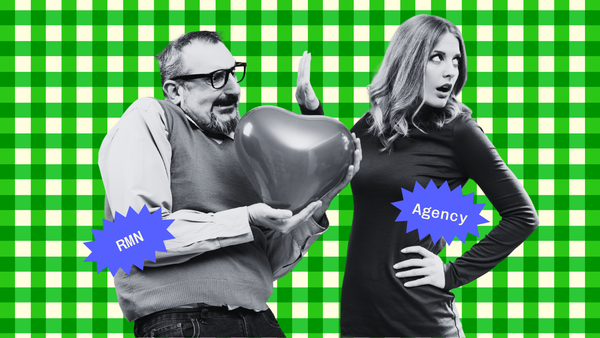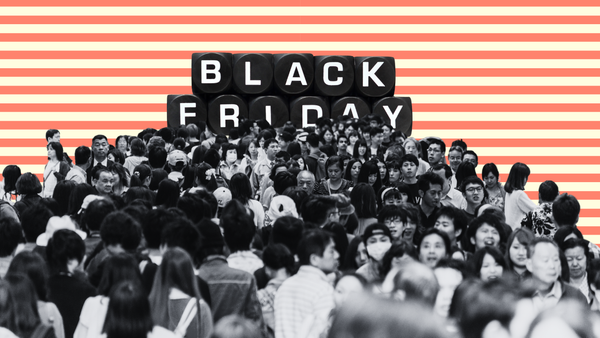AI-Native Brands Will Be The New Amazon FBA Goldrush
The Amazon FBA goldrush of the 2010s minted millionnaires, before becoming unsustainable. Now we could see the same pattern emerge with AI-enabled checkouts.

I remember the ads on Youtube, and you probably do, as well.
"Start an Amazon FBA business! You'll make millions!"
They weren't entirely wrong. Between 2015 and 2020, thousands of entrepreneurs built businesses entirely within Amazon's walls. No website, no retail presence, no marketing infrastructure—just a Amazon Seller account and a dream.
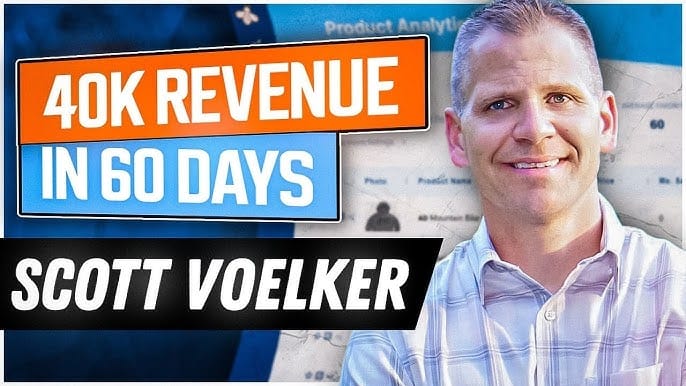
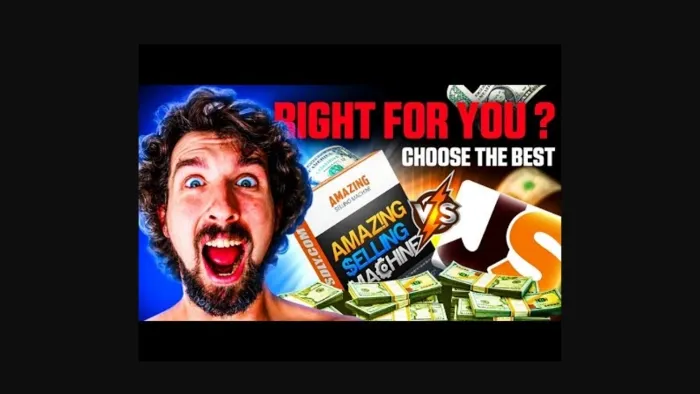

Thumbnails from YouTube videos of the mid 2010's Amazon FBA business boom
I watched this ecosystem explode firsthand. An "FBA business" became a noun, a business model, a path to wealth for the middle class. Some brands even transcended the platform—Anker, Zesty Paws, and Hero Cosmetics eventually transcending the bounds of Amazon and secured nationwide distribution. But for every breakout success, tens of thousands of sellers remained wholly dependent on Amazon for everything: warehousing, fulfillment, customer acquisition, even their business identity.
Over time, the music faded. Amazon opened the floodgates to Chinese manufacturers. Advertising costs soared. Organic visibility vanished. Those YouTube course ads disappeared as quickly as they'd arrived. The marketplace gold rush was over.
Now we could see the same pattern emerge with AI-enabled checkouts, except this time the cycle will be even more compressed.
The FBA Blueprint We've All Seen Before
The Amazon FBA boom was beautiful in its simplicity. Entrepreneurs could outsource their entire operation to one platform. Amazon stored your inventory, shipped your products, handled returns, provided customer service, and most crucially, delivered customers. You didn't need a warehouse, or even a website —just products and an Amazon seller account.
The early movers printed money (though probably not as much as the ones selling courses that stoked the industry). With relatively few sellers and Amazon actively promoting third-party products, organic visibility was achievable. A decent product with good reviews could actually be discovered without massive ad spend.
But marketplace dynamics are predictable. Amazon realized they could build more supply by welcoming in direct relationships with factories in Shenzhen, than continuing to please suburban middlemen. As supply flooded in, discovery became pay-to-play. Amazon discovered its own goldmine with a nascent ad business. By 2018, Amazon was pocketing 40% of sellers' revenue, according to Marketplace Pulse. By 2022, it was 50%. The arbitrage window had closed.
The history lesson: marketplace booms are timing arbitrages. Profit exists in that sweet spot between when a platform opens up and when discovery becomes expensive.
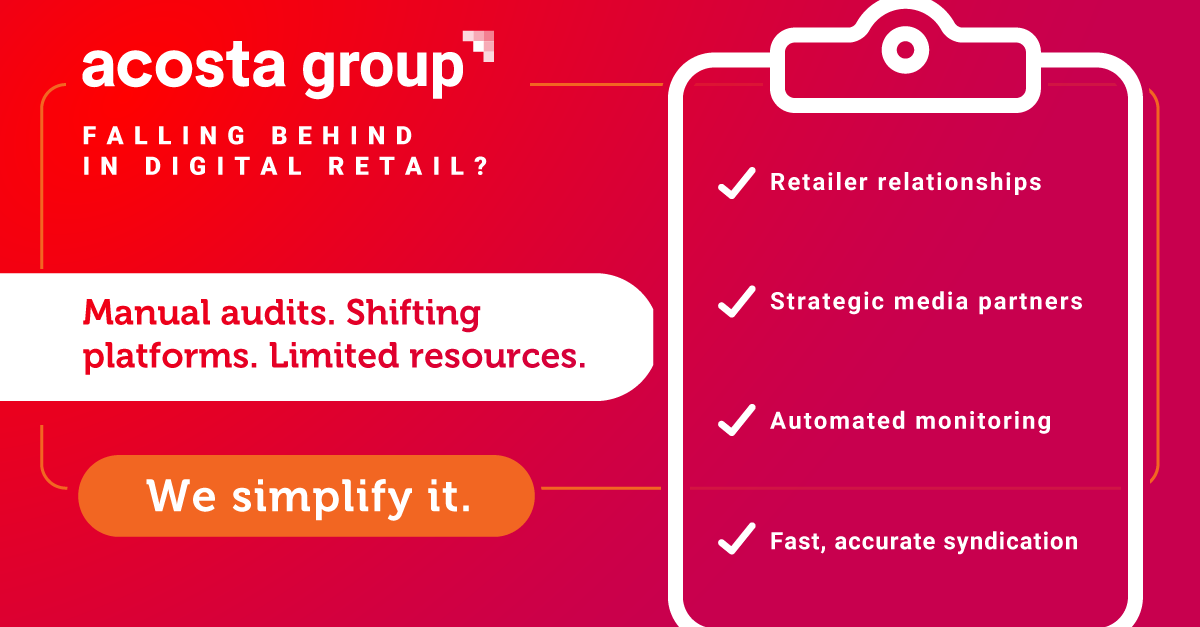
When your time, budget and team are already maxed out, keeping up with retailer platforms and media requirements can feel like a never-ending labyrinth. That’s why even the best brands bring in an execution partner.
Acosta Group makes retail media execution simpler. They stay ahead of every platform update, tech shift, and media spec, so your campaigns actually show up and perform—without draining your team. Check them out at Acosta.Group
The AI Marketplace Is Already Being Built
Right now the infrastructure for AI-powered commerce is taking shape. Although last week's drop of GPT-5 from OpenAI didn't include a branded checkout as many pundits had expected, I don't think we're too far off.
Kelly Goetsch, COO of tech company Pipe17 speculates that when OpenAI releases its own branded checkout, it will take a transaction fee from merchants. Think about that—ChatGPT won't just recommend products, it'll complete the transaction without you ever leaving the chat. The LLM becomes the storefront, the payment processor, and the marketplace all at once.
But while it took many years for the general population got used to the idea of entering in their credit card details to buy stuff on the internet, AI commerce will be able to draft off existing ecommerce shopping behaviors and widespread adoption of AI. Karl Haller, a Partner at IBM Consulting, predicts concrete adoption timelines:
- This year (2025): Early adopters will use agents for holiday shopping
- Holidays 2026: Mainstream adoption hits
- 2027: Agentic shopping becomes default behavior.
The AI-Native Brand Revolution
IBM's Karl Haller painted a compelling picture on the Retailgentic podcast that perfectly illustrates why AI marketplaces will create even more dramatic opportunities than FBA ever did.
His core prediction: AI-native brands are coming—companies that build every function around autonomous agents from day one. Product design, merchandising, supply chain, finance, customer service—all orchestrated by AI with minimal human oversight.
Haller suggests a fashion business that traditionally needed 75-100 people to reach $100-200M in revenue could achieve the same scale with just 20-30 people. And when your gross margins stay fat because you're not paying for headcount, you can reinvest cash flow into growth rather than salaries.
Just as FBA brands rode Amazon's infrastructure to scale, AI-native brands will ride the agent infrastructure. But the scale is different. Where FBA enabled entrepreneurs to build $10-50M businesses with small teams, AI marketplaces could enable $100M+ businesses with similar headcounts.
Its not all sunshine and rainbows, of course. When shopping happens through AI agents, brands could lose even more control than they did with Amazon. At least FBA sellers could optimize listings, manage reviews, and build some brand equity within Amazon's walls. With AI agents, the agent decides what to show the customer. The agent owns the relationship. The agent controls discovery.
Jason Goldberg, Chief Commerce Officer at Publicis sums up the risk to incumbent brands: "Retail brands that used to build moats with the strength of their brand and their direct relationships with shoppers, get reduced to commodity suppliers all competing to win reverse auctions for the lowest margin sale possible."
The very efficiency that would make AI-native brands possible, could also make them fleeting.
This Window Will Slam Shut Even Faster
The AI marketplace opportunity will compress from years to months for one simple reason: everyone learned from Amazon. FBA sellers enjoyed years of organic discovery before pay-to-play kicked in.
AI platforms won't make that mistake—expect algorithmic bidding and embedded ads from day one. Supply onboarding that once required brand registry and inventory commitments now needs just a SKU feed. The inefficiencies that gave early FBA sellers breathing room don't exist here.
When Karl Haller talks about 20-person teams reaching $100M in revenue, he's describing a world where those same efficiencies are available to everyone instantly. No learning curve, no infrastructure buildout, no gradual platform maturation. The arbitrage window that took five years to close with FBA could slam shut much faster with AI marketplaces.
History Repeats
The YouTube ads aren't here yet, but I can picture them.
"Build an AI-native brand."
"Let ChatGPT sell your products."
"The future of commerce is conversational."
And just like FBA, there will be real winners. Brands that use AI marketplaces as a launch pad, not a permanent home. Companies that build genuine differentiation and become cult favorites. The Ankers and Hero Cosmetics of the AI age.
But for most? The same fate awaits. The window will close, margins will compress, and then the YouTube gurus will disappear. But that goldrush might only last months, not years.



